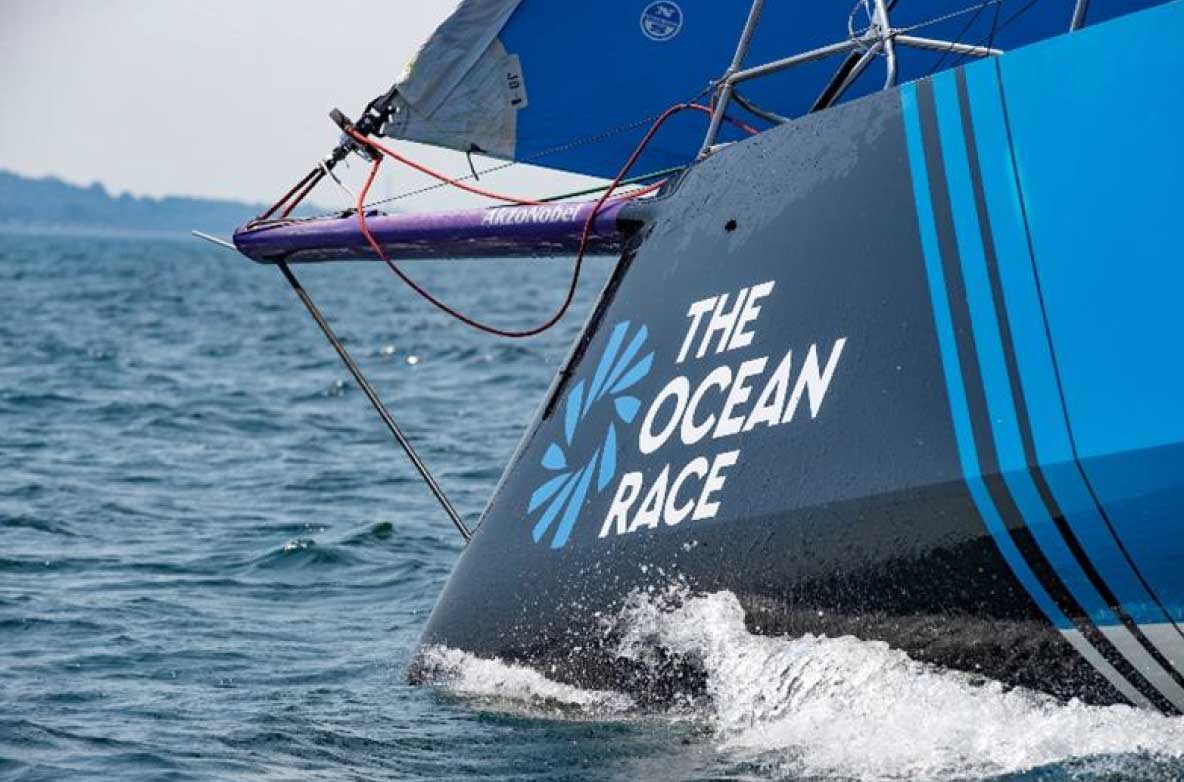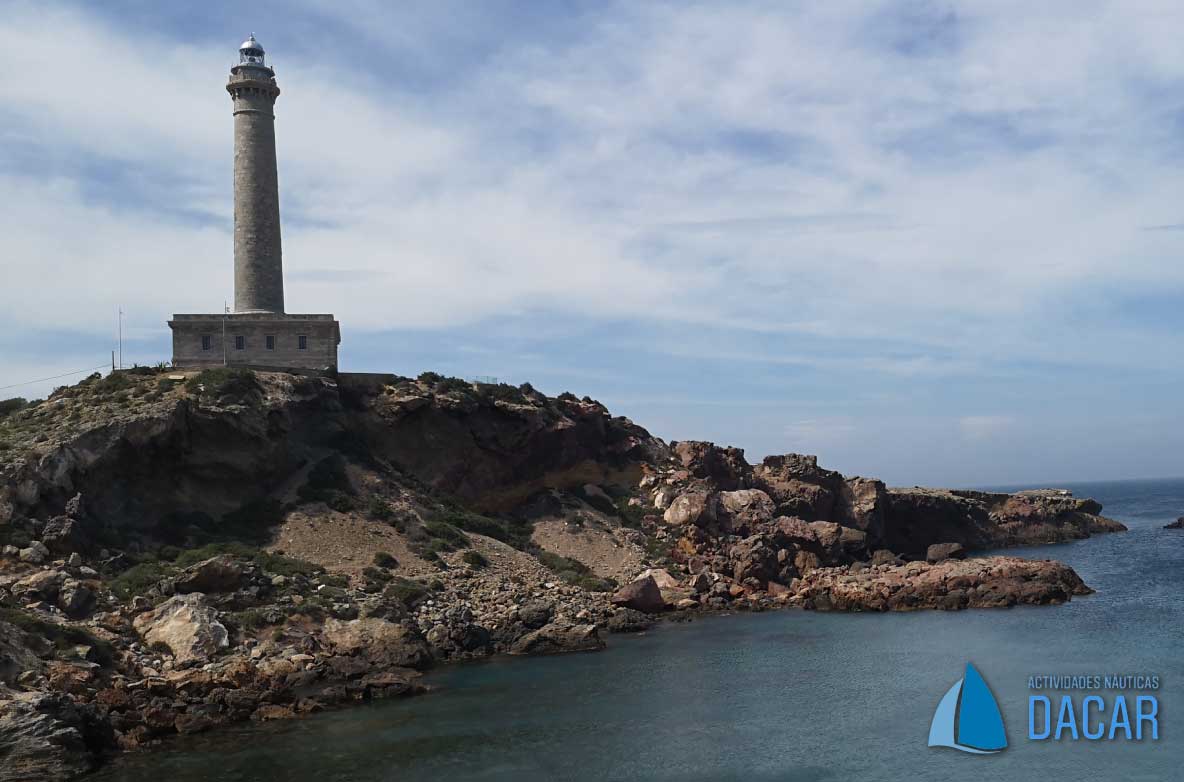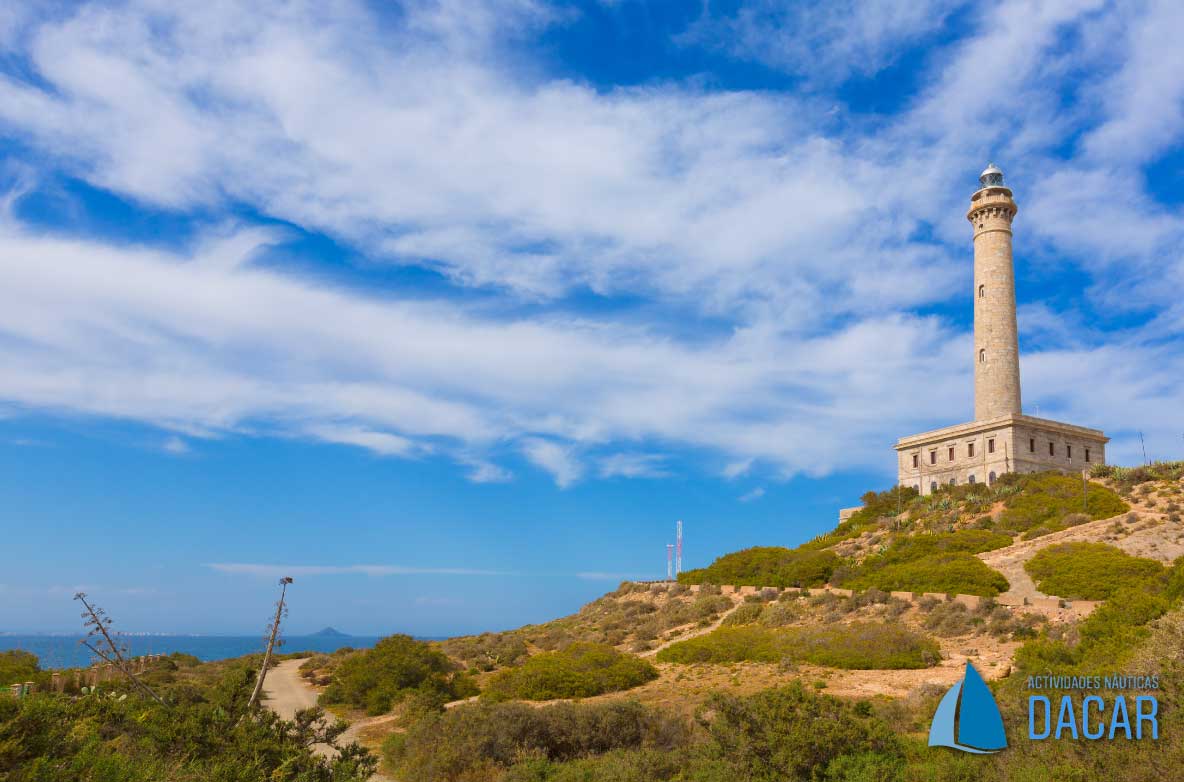Mediterranean Sea: Its curiosities

Mediterranean Sea: Its curiosities. Those of us who are lucky enough to live near the Mediterranean can enjoy its climate and visit its coasts all year round. Since it has magnificent beaches and pleasant temperatures. Which makes it one of the main tourism areas in the world. It has earned to be considered one of the main seas of the world. Not only because of its size but also because of its key role in the emergence and development of numerous civilizations. These western and eastern civilizations are: Egyptians, Phoenicians, Greeks, Romans, Persians, among many others.
6 million years ago the lands that form the current Strait of Gibraltar were closed by the clash of the African and Eurasian tectonic plates, isolating this sea. With the passage of time it evaporated and dried up since the amount of water that came from the Mediterranean rivers was not enough. This is how the Mediterranean basin dried up. However, 5.33 million years ago the strait sank again and allowed the entry of the waters of the Atlantic Ocean to see the Mediterranean Sea reborn again. The waterfall caused by the ocean further eroded the Strait of Gibraltar, making it deeper, causing one of the largest floods in the geological history of the planet. The Mediterranean Sea is believed to have refilled in as little as 2 years.

As we have previously mentioned, this sea has been of great importance in the emergence and development of various civilizations. That is why it has had a wide variety of names throughout history. The Romans, for example, called it "Mare nostrum", which in Latin means "our sea". The Egyptians knew him as "The Great Green". The Arabs called it the "intermediate sea". For the Turks it was the “white sea”. In Greek it was known as "Mesogeios Thalassa" which means "sea between lands". Finally, at present, it is known as the Mediterranean Sea. This denomination comes from the Latin "Mar Medi Terraneum" which, as in Greek, means "sea in the middle of the land".
The Mediterranean Sea is an intercontinental sea, that is, it is located between continents. These are Europe, Africa and Asia. A total of 21 countries are bathed by its waters. Also, a total of 69 rivers flow into it. This sea, by retaining heat, greatly influences the climate of the areas it bathes. Hence, there is a specific climate in this area: The Mediterranean climate. But it is not exclusive to here, since we can also find it between 30-45º latitude from Ecuador, in southern Africa, parts of Australia, Chile, California and Oregon.

The Mediterranean Sea is one of the largest on the planet. It has about 2.5 million km2, a maximum length of 3,900 km, 46,000 km of coastline and a maximum width of 1,600 km in some areas. It has a maximum depth of about 5,000 meters at the calypso pit, in Greece. And despite this, it only represents about 1% of the planet's ocean surface.
It is a sea so large that it can be said that it is made up of many smaller seas. A total of 13 minor seas: Levantine, Cilicia, Libya, Crete, Aegean, Ionian, Adriatic, Tyrrhenian, Ligurian, Balearic (Iberian Sea and Sardinian Sea), Chica, Menor and Alboran.

Cover image retrieved from: https://es.wikipedia.org/











